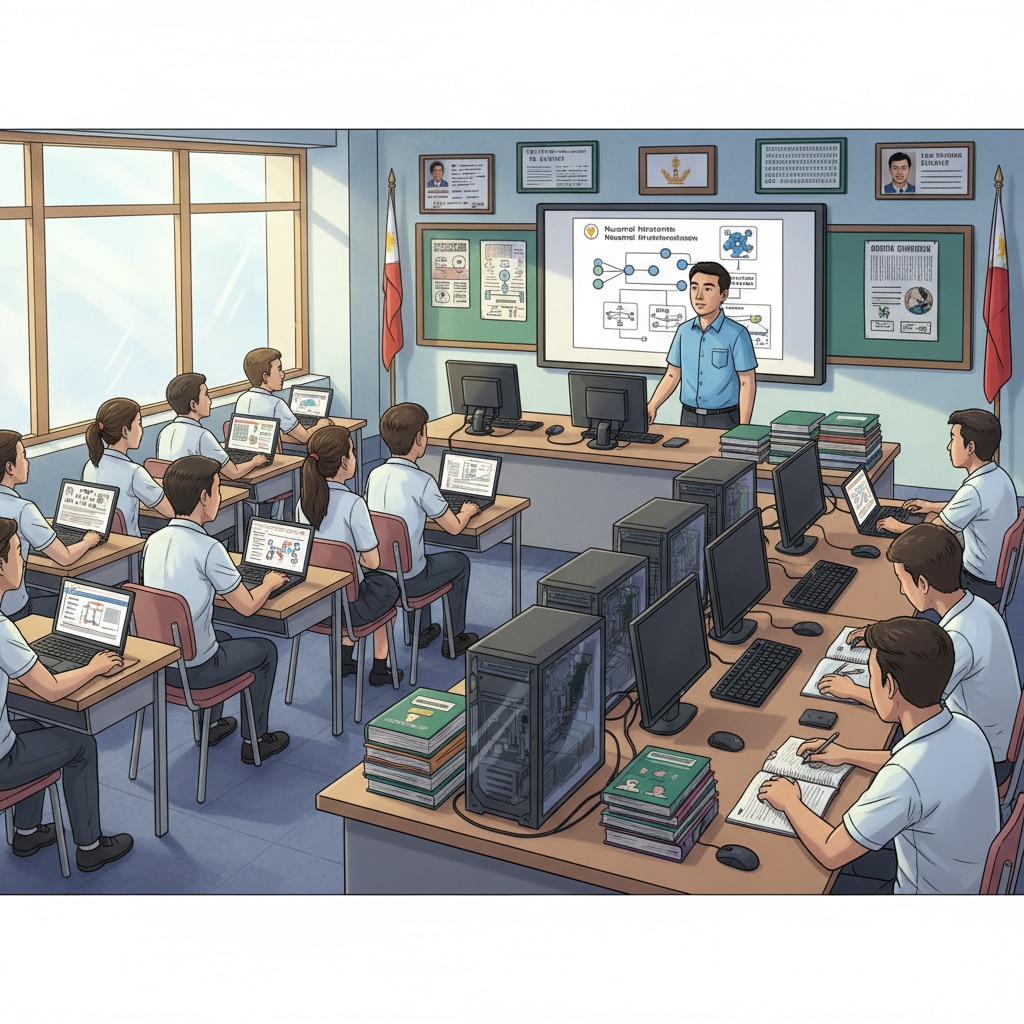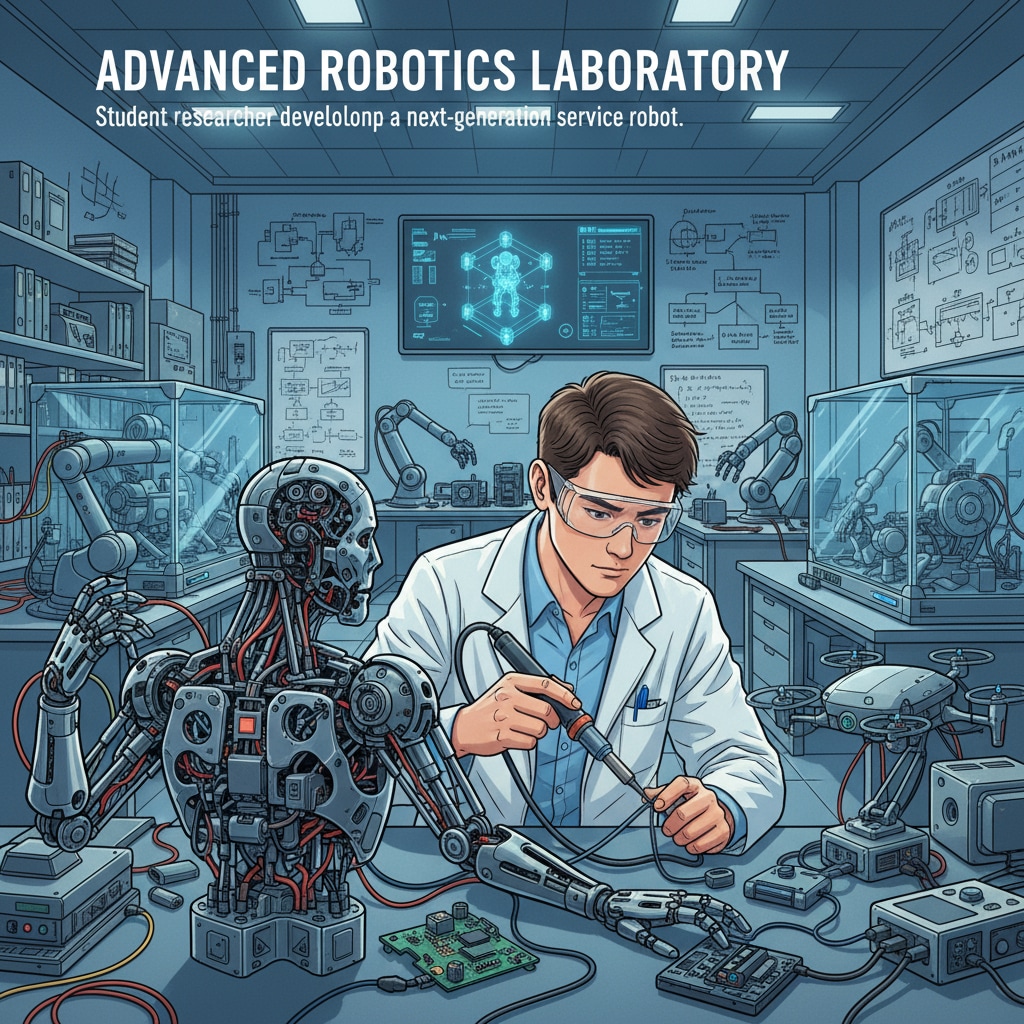For Filipino high school students, the choices between robotics, computer science, study abroad options, and associated education costs can be quite daunting. Take the case of a young Filipino student who stands at a crossroads, torn between pursuing a master’s degree in computer science locally in the Philippines or taking on debt to study robotics abroad. This situation is not unique, as many students face similar dilemmas when planning their educational and career paths.
The Allure of Computer Science in the Philippines
Computer science has long been a popular choice among Filipino students. The local education system offers comprehensive programs in this field. For example, many universities in the Philippines have well-established computer science departments that provide a solid foundation in programming, algorithms, and software development. Computer science education in the Philippines on Wikipedia These programs are often more affordable compared to studying abroad. In addition, studying locally allows students to stay close to their families and friends, reducing the potential emotional stress of being away from home. Moreover, the local job market for computer science graduates is relatively strong, with numerous opportunities in the growing IT industry in the country.

The Temptation of Studying Robotics Abroad
On the other hand, robotics represents a cutting-edge field with immense potential. Studying robotics abroad offers exposure to advanced research facilities, top-notch faculty, and international perspectives. For instance, some renowned universities in the United States and Europe are at the forefront of robotics research. Robotics on Britannica By studying there, students can gain in-depth knowledge in areas such as artificial intelligence, machine learning, and advanced robotics engineering. However, this comes at a significant cost. The tuition fees for studying robotics abroad can be several times higher than those in the Philippines. Additionally, students need to factor in living expenses, which can further add to the financial burden. Taking on debt to finance this education is a major concern for many students.

When making this crucial decision, students need to weigh the long-term career prospects of both fields. Computer science offers a wide range of job opportunities in various sectors, from software development to data analysis. Robotics, although a relatively new field, is expected to grow rapidly in the coming years, with applications in industries like manufacturing, healthcare, and logistics. In conclusion, whether a Filipino student chooses to pursue computer science locally or take on the challenge of studying robotics abroad, it is essential to consider personal interests, financial capabilities, and long-term career goals. By carefully evaluating these factors, students can make an informed decision that aligns with their dreams and aspirations.
Readability guidance: The article uses short paragraphs to clearly present different aspects of the decision-making process. Lists could be further incorporated to highlight key points more effectively. The passive语态 is kept to a minimum, and transition words are used to connect ideas smoothly. Each H2 section provides a focused discussion on one of the two options, helping readers understand the trade-offs involved.


